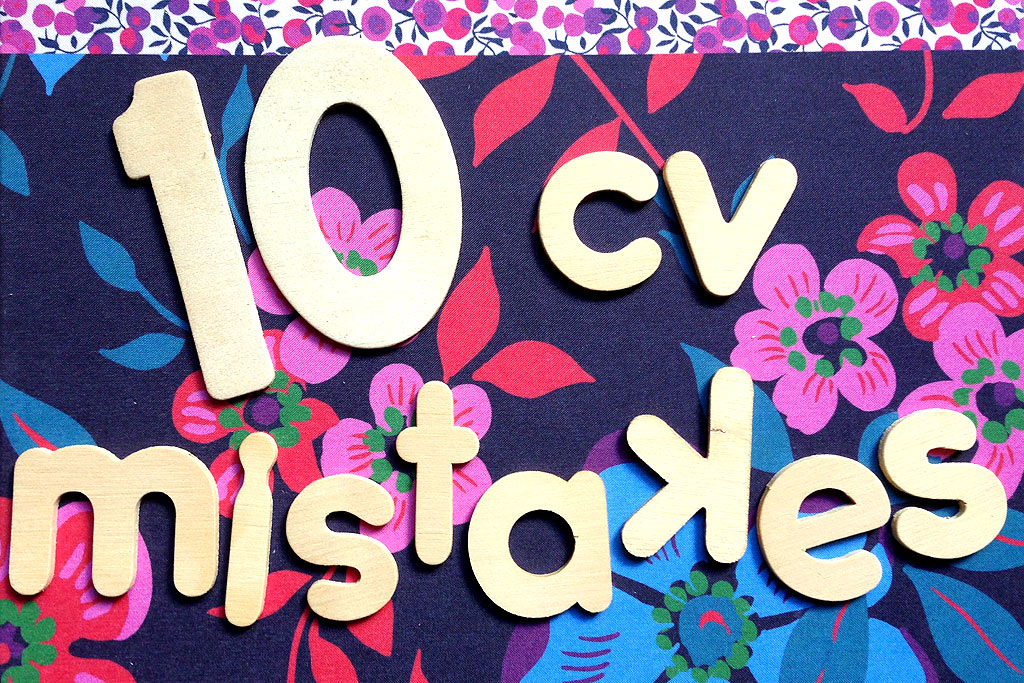Resume building 101: Tips and tricks for crafting an impressive CV
Looking for a new job and want to increase your chances of success? Read on for 20 handy tips to help you create an impressive CV.
In today’s competitive job market, your resume is your ticket to getting noticed by potential employers. It’s your first chance to make a great impression, so it’s essential to craft a CV that stands out from the crowd.
Whether you’re a recent graduate looking for your first job or a seasoned professional aiming to climb the career ladder, these tips and tricks will help you create an impressive resume that showcases your skills and experiences effectively. Of course, you can use a free resume builder to put it all together.
1) Start with a strong heading
Your resume’s heading is the first thing recruiters will see, so make it count. Include your full name, contact information (phone number and email), and your LinkedIn profile if you have one. Ensure your email address looks professional, and consider creating a custom email for job applications if necessary.
2) Craft a compelling summary
Begin your resume with a brief summary or objective statement that highlights your career goals and the value you can bring to a potential employer. Keep it concise, specific, and tailored to the job you’re applying for.
For a polished start, tools like an AI Resume Builder can help refine your summary, ensuring it aligns perfectly with your career goals and resonates with hiring managers. This section should provide a snapshot of your qualifications and career aspirations.
3) Highlight your skills
Create a dedicated section to showcase your skills. Include both hard skills (e.g., programming languages, certifications) and soft skills (e.g., communication, leadership). Tailor your list to match the requirements of the job you’re seeking. Use bullet points for clarity and conciseness.
4) Emphasize your work experience
Your work experience is the heart of your resume. List your previous jobs in reverse chronological order, starting with your most recent position. For each job, include the following details:
- Job title and company name
- Dates of employment (month and year)
- Job responsibilities and achievements
Use action verbs (e.g., managed, achieved, collaborated) to describe your accomplishments. Quantify your achievements whenever possible, such as “increased sales by 20% in Q3” or “managed a team of 10 employees.”
5) Showcase your achievements
Employers want to know how you’ve made a positive impact in your previous roles. Use the “Achievements” or “Accomplishments” section to highlight specific accomplishments and projects that demonstrate your skills and contributions. Be specific and provide context to showcase your abilities effectively.
6) Include relevant education
List your educational background, starting with your most recent degree or qualification. Include the following details:
- Degree earned
- School or institution name
- Graduation date
If you’re a recent graduate or have limited work experience, you can also include relevant coursework, projects, or academic achievements that demonstrate your skills and knowledge.
7) Add optional sections
Depending on your background and the job you’re applying for, you may want to include additional sections, such as:
- Certifications and licenses
- Professional memberships
- Volunteer work and community involvement
- Publications or presentations
- Languages spoken
Including these sections can help you stand out and provide a more comprehensive picture of your qualifications.
8) Keep it concise
While it’s essential to provide detailed information, be mindful of the overall length of your resume. Ideally, it should not exceed two pages. Use concise language, avoid unnecessary jargon, and prioritize information relevant to the job you’re applying for.
9) Use keywords
Many companies use applicant tracking systems (ATS) to screen resumes. To ensure your resume makes it through ATS, incorporate relevant keywords from the job description into your document. This will increase your chances of getting noticed by recruiters.
For added efficiency, consider using ATS friendly resume templates designed to optimize your document for seamless screening by these systems, enhancing your chances of catching the attention of recruiters.
10) Customize for each job application
One size does not fit all when it comes to resumes. Tailor your resume for each job application with a professional resume builder by emphasizing the skills and experiences most relevant to the specific position. Customize your objective statement, skills section, and job descriptions to match the job requirements.
11) Proofread and edit
A well-written resume is error-free. Before submitting your CV, carefully proofread it for typos, grammatical errors, and formatting inconsistencies. Consider asking a trusted friend or family member to review it as well. A fresh set of eyes can catch mistakes you might have missed.
12) Choose a professional format
Select a clean, professional format for your resume. Use a standard font (e.g., Arial, Calibri, Times New Roman) and maintain consistent formatting throughout. Use bold or italics sparingly to draw attention to key points.
13) Include contactable references
At the bottom of your resume, you can include a section for references. Provide the names, titles, companies, and contact information of individuals who can vouch for your qualifications and work ethic. Make sure to obtain their permission before listing them as references.
14) Use action-oriented language
When describing your work experiences, use action-oriented language to convey your contributions and impact. Start your bullet points with strong action verbs like “achieved,” “implemented,” “managed,” or “led.” This not only adds variety to your resume but also makes it more engaging.
15) Show your personality
While your resume should remain professional, it’s essential to let your personality shine through. Use your summary and cover letter to inject some personal flair and enthusiasm. This can help you connect with potential employers on a more human level.
16) Consider a visual resume
In some creative fields, a visual resume can be a powerful tool to showcase your skills and creativity. Visual resumes use graphics, charts, and images to present information in a visually appealing way. If you’re in a design-related industry, consider creating a visual resume as a supplementary document.
17) Follow a reverse-chronological order
When listing your work experiences and educational background, follow a reverse-chronological order. This means starting with your most recent job or degree and working backward. This is the standard format that most employers expect and find easy to follow.
18) Avoid personal information
While it’s essential to provide contact information, avoid including personal details such as your age, marital status, or a photograph unless explicitly requested by the employer. These details are generally not relevant to your qualifications and can introduce bias.
19) Make it Readable
Your resume should be easy to read and scan quickly. Use a clean, well-organized layout with plenty of white space. Use bullet points and headings to break up text and make it more visually appealing. A cluttered resume can be overwhelming and might not get the attention it deserves.
20) Stay Honest
Honesty is crucial when crafting your resume. Never exaggerate your skills or experiences, as it can lead to trouble down the line if your potential employer discovers the truth. Focus on showcasing your genuine qualifications and achievements.
Create an impressive CV
By following these tips and tricks, you can create an impressive CV that effectively communicates your qualifications, skills, and accomplishments. Remember to tailor your resume for each job application, proofread it carefully, and present yourself as a professional with a passion for your field.










